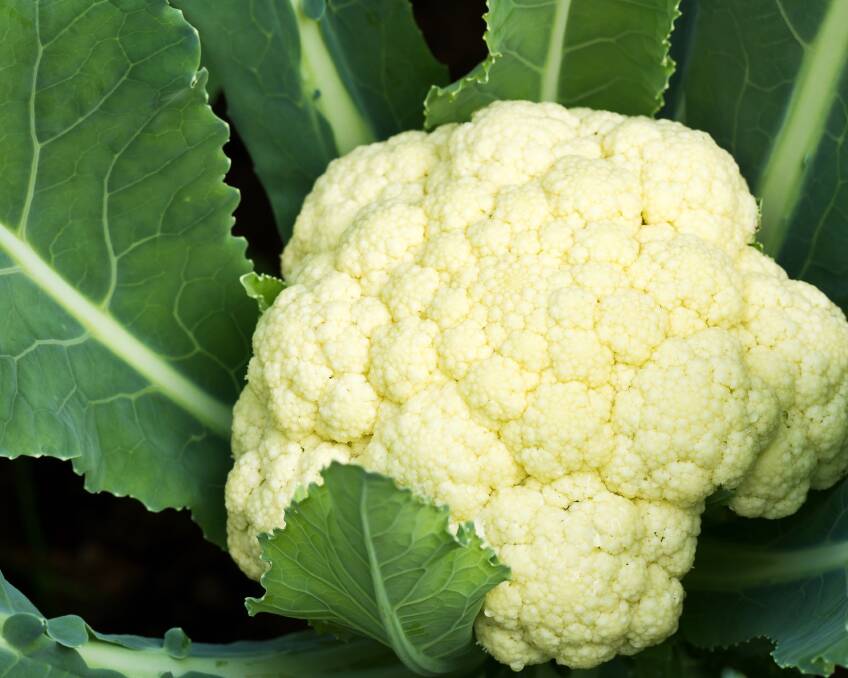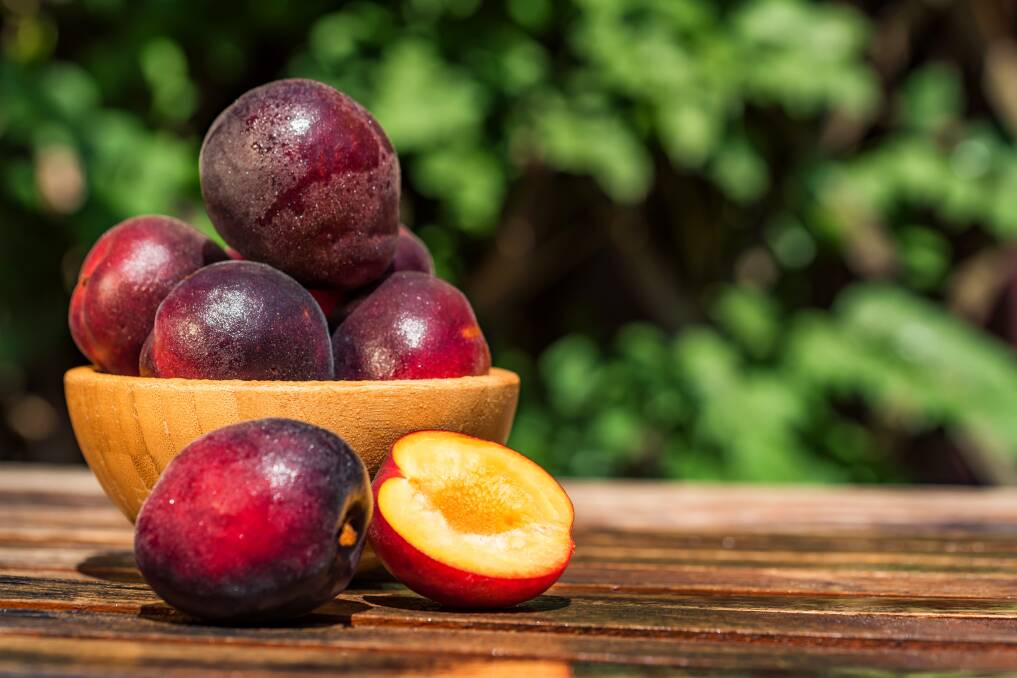
Plant seedlings of kale, silverbeet, leek, onion, winter lettuce, celery, cauliflower, cabbage, broccoli and winter spinach.
Subscribe now for unlimited access.
$0/
(min cost $0)
or signup to continue reading
Asparagus, rhubarb and strawberries can also be planted.
Best dressed
Root vegetables growing in clay soils, even when fertilised with a complete vegetable fertiliser, need a dressing of additional phosphate in the form of about 10gms superphosphate per square metre of bed.
Well-decayed compost dug into clay soils will certainly be beneficial in improving the texture.
Planting possibilities
An attractive, shade-loving small shrub with masses of tubular, deep blue, white-throated flowers and green fern-like leaves is Corydalis 'Blue Line'.
Its compact growth habit makes it perfect for planting in small or narrow places, edging in shaded areas or planting in pots for a courtyard area.
Convolvulus cneorum, also known as silver bush, is a must-have, easy-to-grow groundcover with masses of white flowers in summer and attractive silver, velvety leaves.
It likes a free-draining soil even in dry, poor areas and is frost-hardy once established.
If you are looking for a quick growing, hardy, low maintenance shrub or small tree to use as a dense privacy screen or windbreak, particularly in coastal areas, a good choice could be Grislinia littoralis 'Broadway Mint'.
The large, dark, emerald green leaves are its main feature.

A cut above
Winter is the time to prune most deciduous fruit trees, vines and soft berry plants.
After pruning apply a copper-based or lime sulphur spray.
An application of white oil to all deciduous fruit trees can be helpful in controlling insect pests. Apricots are best pruned after the harvest.
Don't prune lilacs too hard after flowering as a light trim is usually sufficient.
When an old tree needs to be rejuvenated it can be cut back hard in winter to early spring, but this will set flowering back by about three years.
However, the improved growth habit and quality of flowers are well worth the wait.

Delightful combination
Plumcots are a 50-50 cross between a plum and an apricot.
The flesh is red and similar in size to a plum with a distinctive plum/apricot flavour.
Plumcots do not require pruning in the first two years, then after that only lightly, preferably in winter, to encourage new branches to develop lower down.
If pruned too hard the tree could possibly put on excessive growth at the expense of flowers and fruits.
If heavily laden with fruit remove some to avoid branches breaking under the weight.

